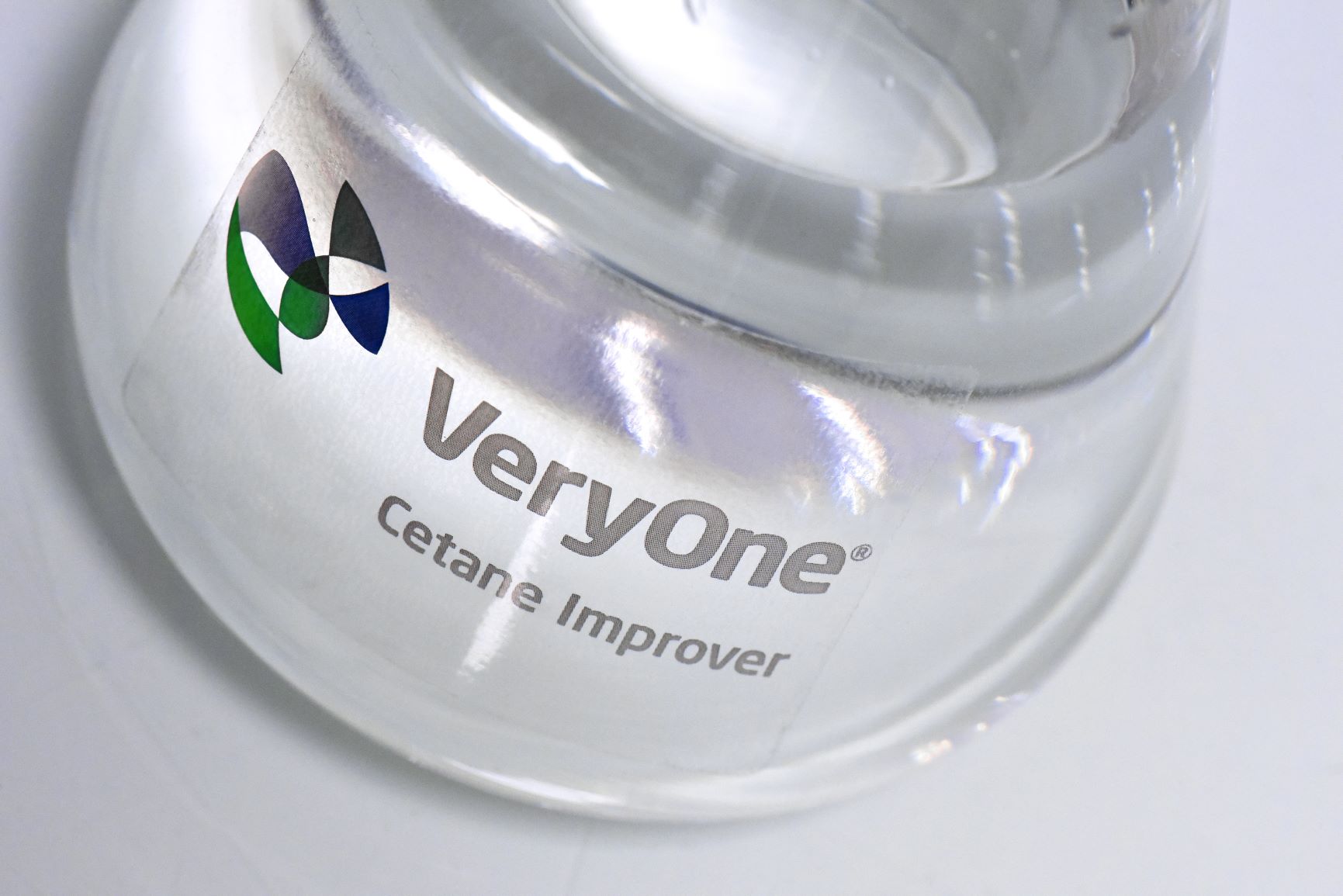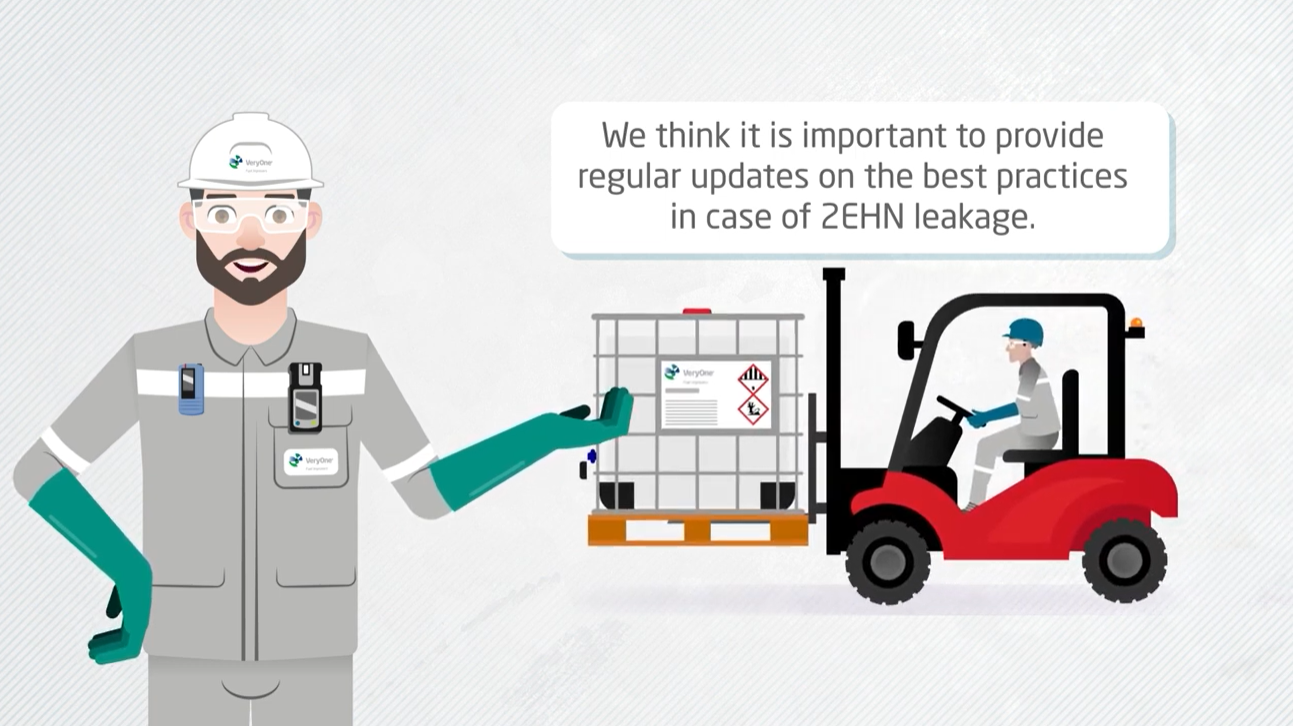IMO 2020 new sulfur limit: Smooth transition?
Postée le 16 March 2020 par sgagence
The new IMO 2020 rule mandating lower sulfur emissions from the shipping industry went into effect on January 1, 2020. The new regulations have been the subject of much concern and predictions of vast disruptions and impacts to shippers, customers and producers of diesel fuel since they were first proposed by IMO in 2016.
The industry has shifted and adjusted. There were a lot of pressures on the market, but it all comes down to supply and demand. The reality is that we are in a market where demand has been challenged, but the stockpiling of fuels at strategic locations ahead of the transition really helped.
One of the factors that caused such concern in the shipping industry, especially for ocean shippers, is that the energy cost is somewhere in the 60-70% range of the total cost of the movement of goods. Complicating the matter is the fact that, due to volatility in the markets, obtaining the true cost of the fuel is often difficult.
In addition to the stockpiling of low-sulfur fuels at strategic points around the world, such as Singapore, Europe and Middle East, the softening of global crude prices in December and January also helped to ensure a smooth transition.
Also, after that, we saw the behavior in the Coronavirus, and that resulted in fear coming into the market. It’s a fear not related necessarily to the Coronavirus itself, but in the perception in the market over demand for crude oil declining in China, one of the most active economies in the world. That drop in commodity prices has also helped shippers to anticipate a more-rapid recovery period for the capital costs involved in retooling their vessels to use the lower-sulfur diesel or alternative fuels, or – as some have chosen to do – install sulfur scrubbers on their ships to lower emissions below the mandated new level of 0.5%.
While most shippers have chosen to use the lower-sulfur fuel option, the availability of multiple options for the regulated community to achieve compliance has proven to be helpful in avoiding disruptions in the marketplace.
Now the next big step will be that further rule changes governing carbon emissions are under consideration. That is the next wave of what we will see influencing the cleanliness of marine fuel.
Based on Forbes article, Feb 20, 2020





